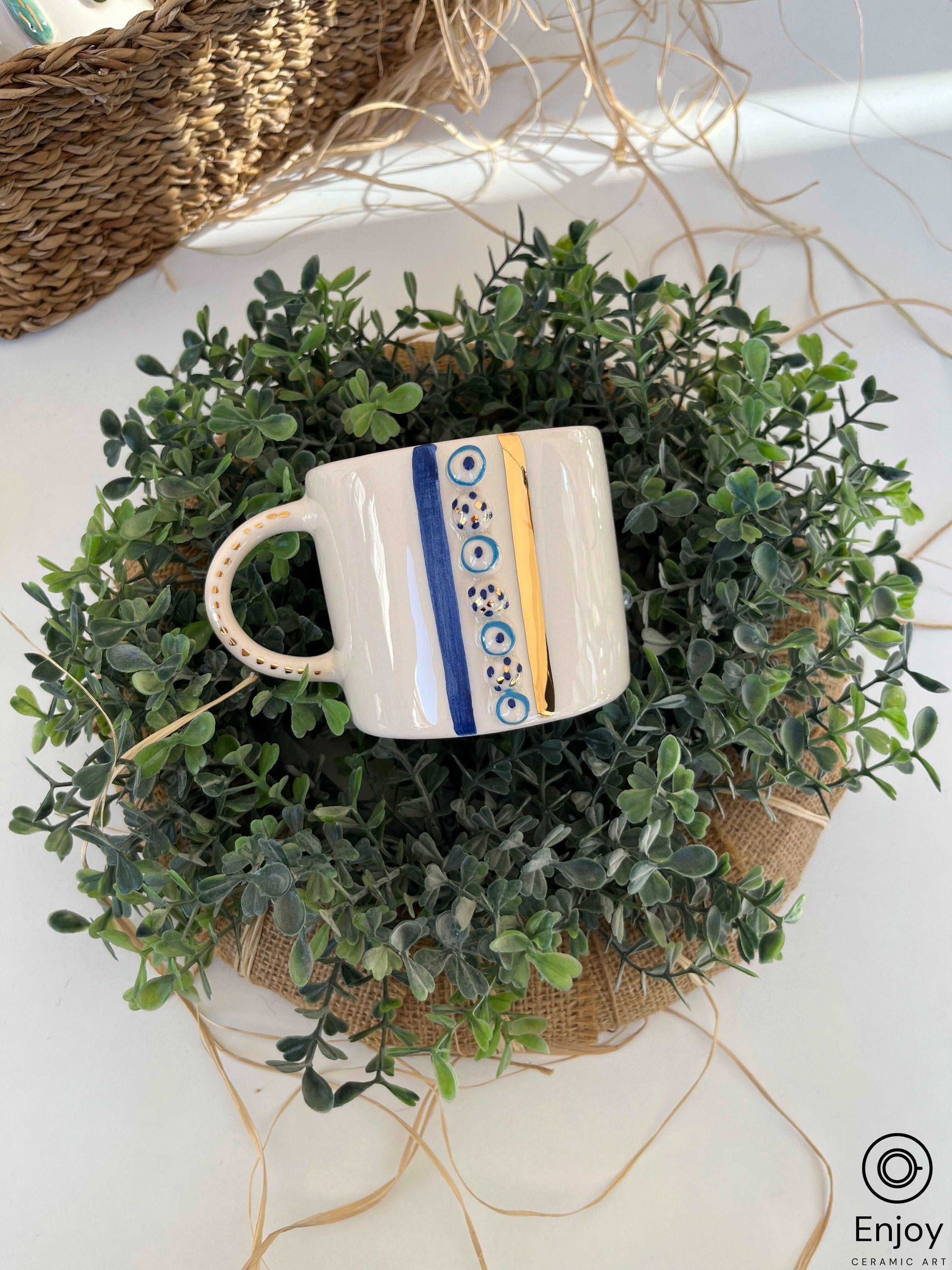Unique Art - Truths
Table of ContentsThe Basic Principles Of Unique Art The 4-Minute Rule for Unique ArtThe Basic Principles Of Unique Art The Buzz on Unique ArtNot known Details About Unique Art
While one could debate which art form holds precedence, the reality continues to be that each of these seven forms provides an one-of-a-kind home window right into human history, society, and development. Unique Art. They are the tapestries that chronicle our trip, advising us of our past while inspiring visions for the future
3 Emil DervishIn this entranceway by Emil Dervish that beautiful cobalt blue door takes the program. To bring also more drama, he expanded the paint. to the doorframe and the wall surface up, ending up in an arched shape (Unique Art). The curves, together with a round sconce, soften the sides. Structures vintage posters and maps of precious locations established the scene.
Unique Art Can Be Fun For Everyone
8 TRIA GIOVANEqual parts grand and laidback, this foyer made by Anthony Baratta is the excellent blueprint to adhere to if you're enhancing an official entrance that still really feels unfussy and comfy. Patterned textiles take spotlight (see the rugs and the couch), yet they also help bring the high ceilings to a human range when hung over wallpaper.
18 Heidi Caillier DesignA gallery wall surface does not require to take up the entire room. As a matter of fact, occasionally a tiny one can make a bigger style statement. In this living area, Hiedi Caillier went with micro-mini frames and a random composition. Ad - Continue Analysis Below19 Stephen Kent JohnsonDesigner Juan Carretero chose a deep eco-friendly paint color to comparison with the light timber finishes.
, the expression of concepts and feelings, with the development of specific aesthetic high qualities, in a two-dimensional visual language. The elements of this languageits shapes, lines, colours, tones, and texturesare used in various ways to create feelings of quantity, room, motion, and light on a level surface area. These components are combined into expressive patterns in order to stand for actual or supernatural phenomena, to interpret a narrative theme, or to develop completely abstract visual partnerships.
Later the idea of the "fine musician" developed in Asia and Renaissance Europe. Prominent painters were paid for the social standing of scholars and courtiers; they signed their job, decided its style and typically its subject and images, and established a much more personalif not always amicablerelationship with their customers. Throughout the 19th century painters in Western cultures began to lose their social position and safe and secure patronage.
Fascination About Unique Art
Others gained an income with touring exhibits of their job. The requirement to interest a marketplace had replaced the similar (if less impersonal) demands of patronage, and its effect on the art itself was most likely similar also. Normally, artists in the 20th century can get to a target market just through industrial galleries and public museums, although their job may have been periodically replicated in art regulars.

Don't replicate the style of other musicians if you're searching for your style. Copying other people's artwork can be excellent in academic purposes yet it will not make you closer to locating your very own unique design. Your creative style needs to be, what you like and what inspires you.
4 Simple Techniques For Unique Art
I would think about your very own style as a style you paint in naturally, when you release all thoughts and regulations and simply concentrate on painting, not thinking of it. The style has to come normally to you when you are relaxed and you can't compel it or it won't be your own style, simply somebody else's.
You need to attempt lots of different alternatives and check out whatever prior to you can concentrate on one particular design or you'll be burnt out, or even worse, you'll dislike your very own design. So I suggest you to try every subject that you want, explore as much as you can. Try different mediums that excite you and brand-new methods you have actually never attempted before.
With time you'll be able to arrange all of them right into your favorite and the very least favorite groups. Attempt to concentrate your focus on the topics and tools that you like and before you see it coming you'll have your own personal you could look here and special design, like nobody else have! In the end you'll have a few favorite subjects to repaint and maybe a few favorite mediums.
7 Easy Facts About Unique Art Described
The design needs to develop itself website here over time with a great deal of technique and experiments. Thanks for reading this blog post and if you have any kind of inquiries leave them in the remarks below, I would certainly be pleased to address these.